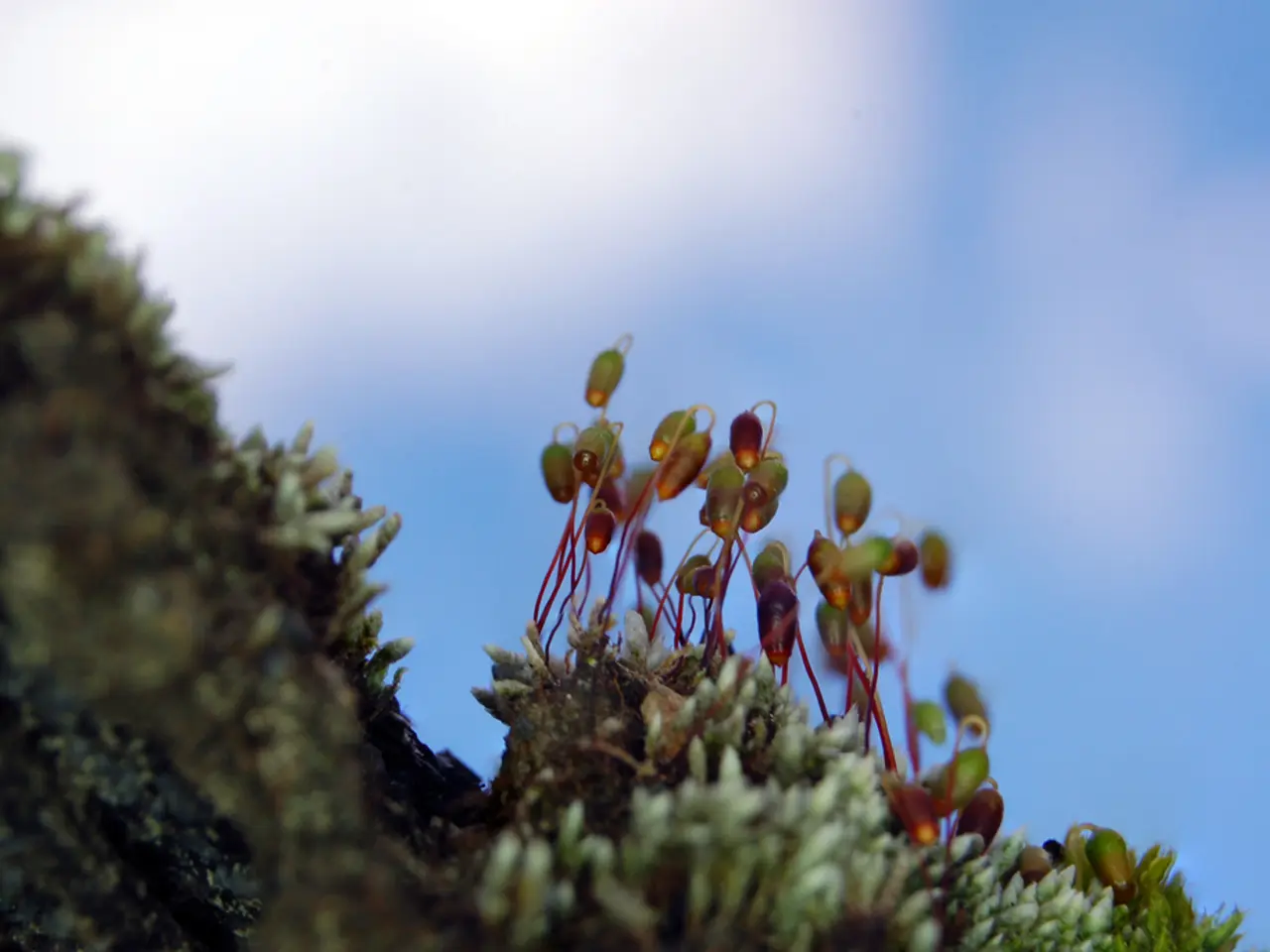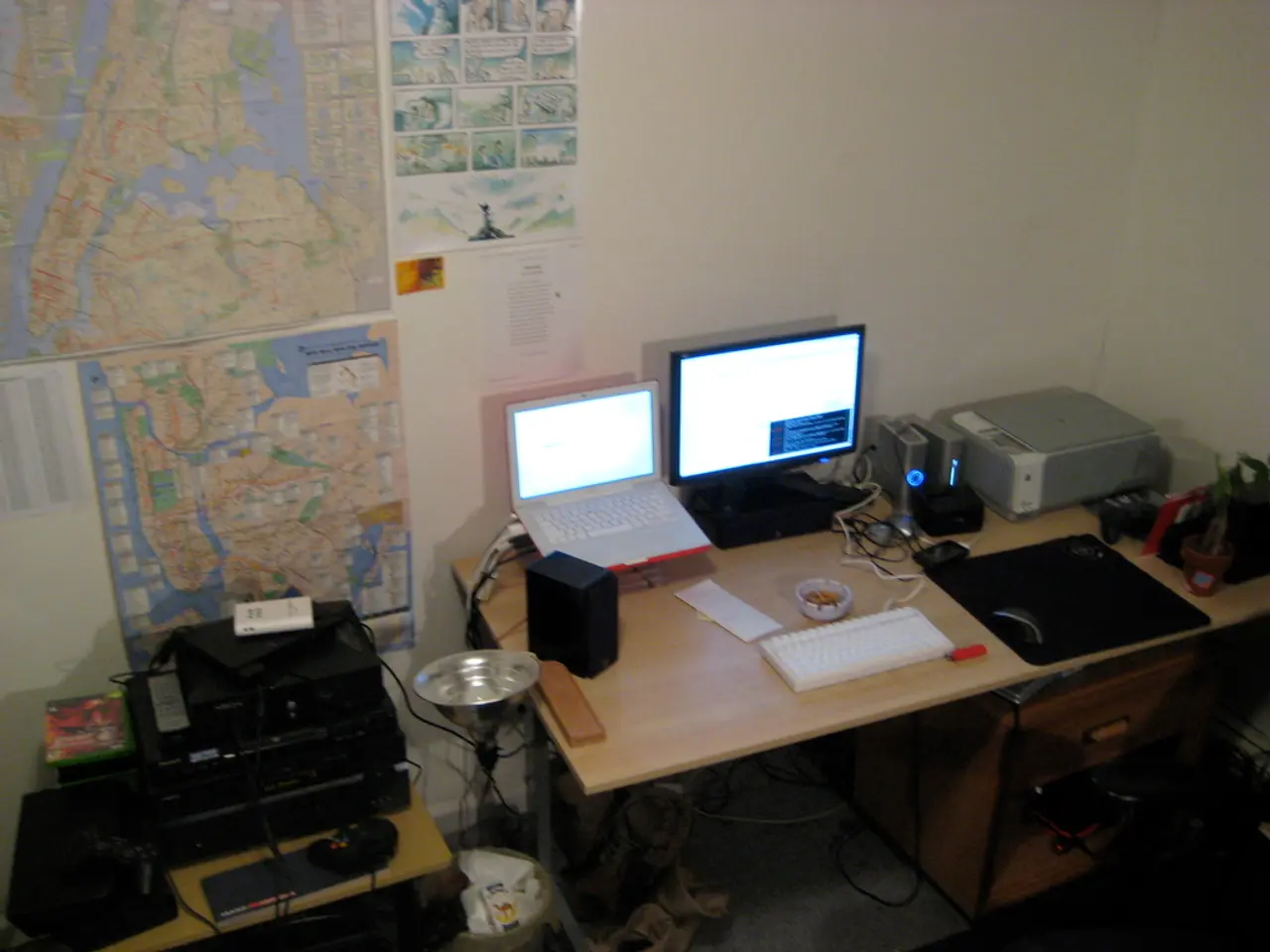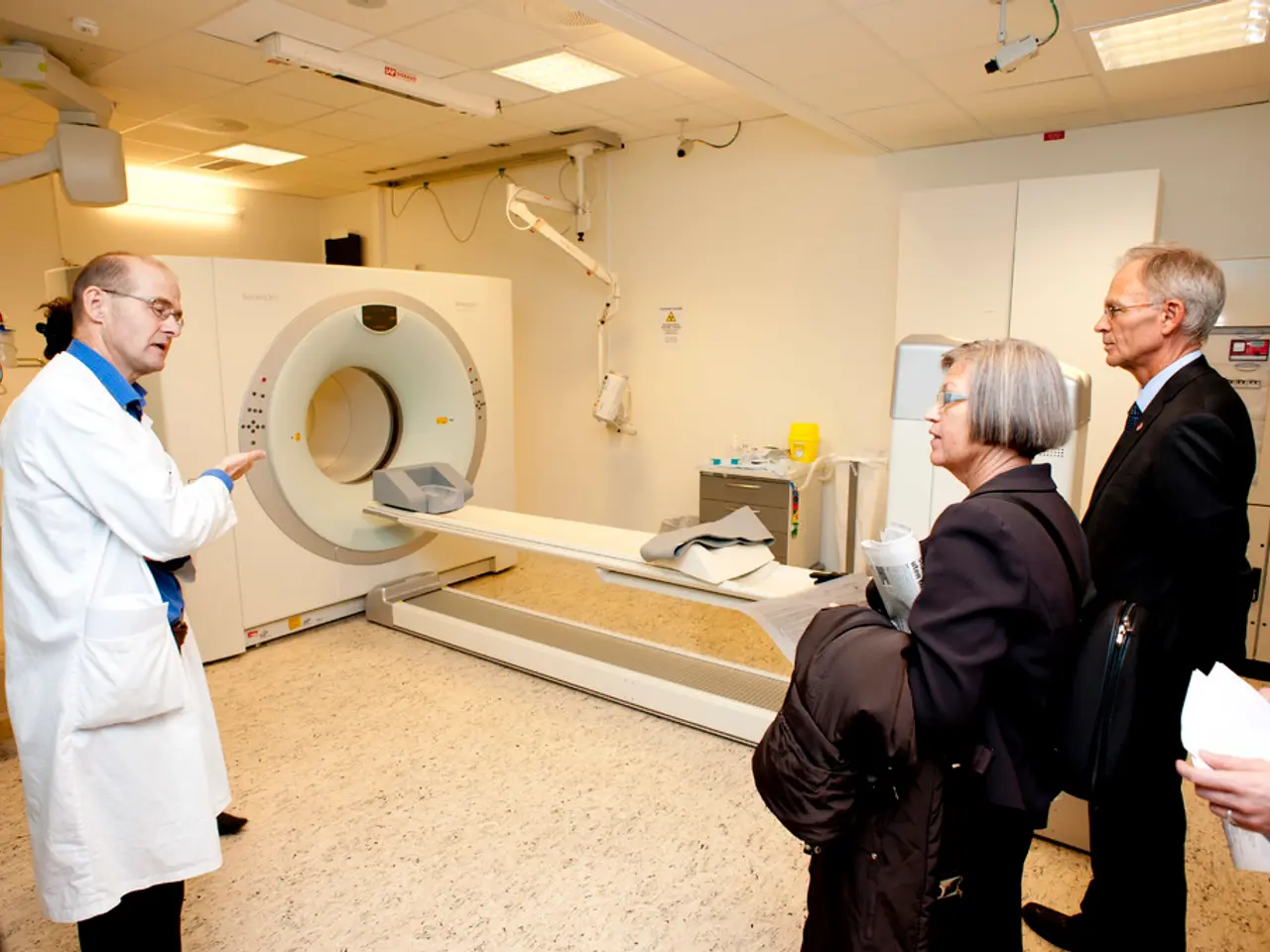astrophotography camera newly acquired? These straightforward methods will help you maximize its potential
In the realm of astrophotography, understanding and mastering the settings of your CCD or CMOS camera is crucial to capturing stunning images of the cosmos. Here's a breakdown of the four main settings to focus on: exposure, binning, gain, and offset.
Exposure Adjust the exposure length to balance capturing enough light without overexposing stars or saturating pixels. The ideal exposure depends on your camera’s sensitivity, sky brightness, light pollution, and target object brightness. Start with moderate exposures and increase duration until faint stars are visible but bright stars aren't blown out.
Binning Binning combines adjacent pixels to increase the signal-to-noise ratio and sensitivity, improving faint object detection at the cost of image resolution. Use binning when imaging faint objects or for guiding cameras to get brighter star images faster. Use lower or no binning for high-resolution planetary or lunar imaging.
Gain Gain amplifies the signal collected by the sensor. High gain can bring out faint details but increases noise and risk of saturation; low gain results in cleaner images with less sensitivity. Find a “sweet spot” gain setting—often a mid-range value where faint details emerge without excessive noise.
Offset (or bias) Offset controls the baseline signal level by adding a fixed value to each pixel. Adjust offset to prevent clipping in shadows (avoiding pixels going to zero) and to achieve good dynamic range. If offset is too low, parts of the image can clip to black; if too high, it wastes dynamic range.
Additional tips: - Use cooled cameras if possible to reduce thermal noise and allow longer exposures. - During initial setup, take calibration frames (dark, bias, flat frames) to help remove sensor noise and artifacts in post-processing. - Experiment with settings incrementally on clear nights, adjusting exposure and gain to see the immediate effect, and refine based on processed results for the next session. - For guiding (autoguiders), start with shorter exposures to detect guide stars and improve tracking, adjusting exposure time to get suitable star brightness.
Because CMOS cameras often have lower read noise and higher frame rates than CCDs, you might prefer faster frame capture with shorter exposures and moderate gain, while CCDs often require longer exposures with careful gain adjustment.
In summary, iterative adjustment and testing of exposure, binning, gain, and offset—tailored to your camera model, target, and observing conditions—combined with thorough calibration and post-processing, are key to mastering your CCD or CMOS astrophotography camera.
- To capture stunning images of nebulae, galaxies, and other celestial objects using astrophotography, it's essential to understand and optimize the settings of your CCD or CMOS camera such as exposure, binning, gain, and offset.
- Exposure length should be adjusted to balance capturing enough light from the cosmos without overexposing stars or saturating pixels, considering factors like the camera's sensitivity, sky brightness, light pollution, and target object brightness.
- Image processing techniques can enhance the quality of captured images, helping to bring out faint details and improve the signal-to-noise ratio—a crucial aspect in the field of science and technology.
- As we delve deeper into astronomy, learning about factors such as light pollution and their impact on astrophotography illustrates the importance of advanced technology and cooperation in tackling environmental issues, allowing us to study our universe more effectively.




